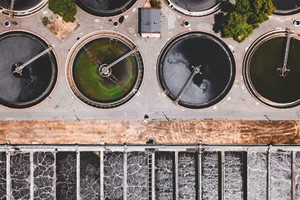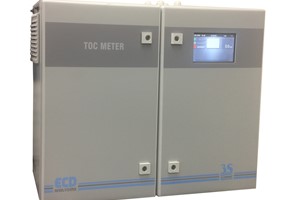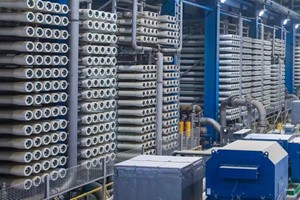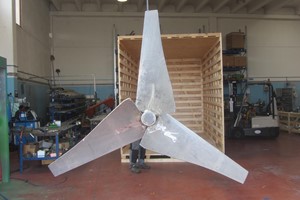In a significant advancement for wastewater treatment, researchers from Tongji University's State Key Laboratory of Pollution Control and Resource Reuse have unveiled a pioneering membrane technology. Published in the journal Small, their innovative membrane integrates solar-driven self-cleaning capabilities with superior separation performance, marking a potential breakthrough for industries managing complex oil-water mixtures.
Addressing the Challenge of Membrane Fouling
A persistent hurdle in wastewater treatment is membrane fouling, where contaminants obstruct filter membranes, diminishing efficiency and longevity. Tongji University's team tackled this issue by developing a self-assembled composite membrane that harnesses sunlight to self-clean, ensuring sustained high performance and resistance to fouling.
Key Features of the Composite Membrane
Enhanced Mechanical Strength
The membrane's robustness is fortified by blending chitosan, a natural polymer derived from shellfish, with metal-organic frameworks (MOFs) made from copper and cobalt. This combination, stabilized with glutaraldehyde, enhances strength through electrostatic attraction and cross-linking, enabling durability under industrial conditions.
High-Efficiency Separation
Demonstrating impressive filtration capabilities, the membrane processes between 700 and 2,350 liters per square meter per hour under varying pressures. It achieves over 99% separation efficiency for diverse oil-water emulsions, including crude oil and kerosene, positioning it ideally for petrochemical and manufacturing sectors requiring effective separation technologies.
Solar-Driven Self-Cleaning
A standout feature is the membrane's ability to utilize sunlight for self-cleaning. Copper and cobalt components exhibit strong photothermal effects, allowing the membrane to heat up and eliminate contaminants upon exposure to sunlight. This feature not only maintains cleanliness but also provides nearly 100% antibacterial efficiency, crucial for resisting microbial fouling.
Chemical Activation for Enhanced Cleaning
Under sunlight, the membrane activates peroxomonosulfate (PMS), significantly enhancing removal of oil and dye fouling. This chemical activation augments cleaning efficiency, prolonging operational life and sustaining high performance.
Advanced Insights from Simulations and Theoretical Calculations
Molecular dynamics (MD) simulations reveal the critical role of hydrogen bonding between chitosan and MOFs in the membrane's structural integrity and performance. Density functional theory (DFT) calculations emphasize the importance of copper and cobalt bimetallic sites in effectively activating PMS, providing crucial insights into molecular-level functionality.
Implications for Industry and Sustainability
This membrane technology promises a substantial leap forward in wastewater treatment at scale. By combining high-efficiency separation with solar-driven self-cleaning properties, it addresses persistent membrane fouling issues and supports the demand for sustainable, low-energy solutions. Industries handling oil-water mixtures are poised to benefit significantly, potentially reducing operational costs and environmental impact.
Industry Perspectives
Mike Munnagle, Director of Industrial Water and Remediation at Anguil Environmental Systems, highlights the potential for operational cost savings:
"Although we have not yet implemented this specific membrane in an Anguil wastewater treatment system, its demonstrated capabilities show promise. Extended separation durations could yield substantial cost savings for clients across various sectors."
Future Outlook
As industries increasingly seek greener and more efficient technologies, the versatility and effectiveness of this membrane make it a promising solution for diverse industrial applications. Continued monitoring and reporting by Environment+Energy Leader will provide insights into how such innovations contribute to sustainable and efficient operations across sectors.
This groundbreaking membrane technology exemplifies the ongoing drive towards innovative solutions in environmental technology, promising transformative benefits for industrial wastewater treatment worldwide.














